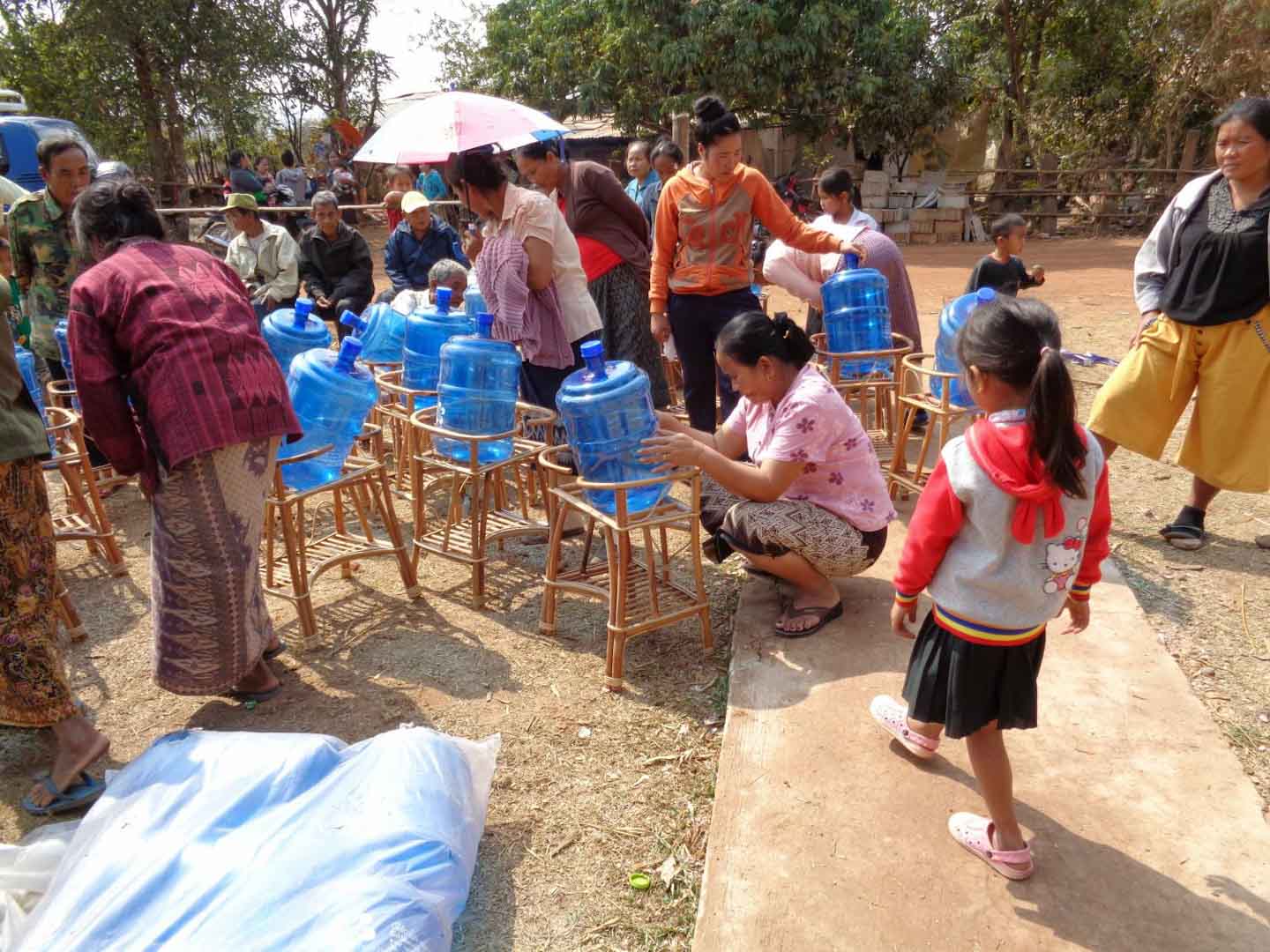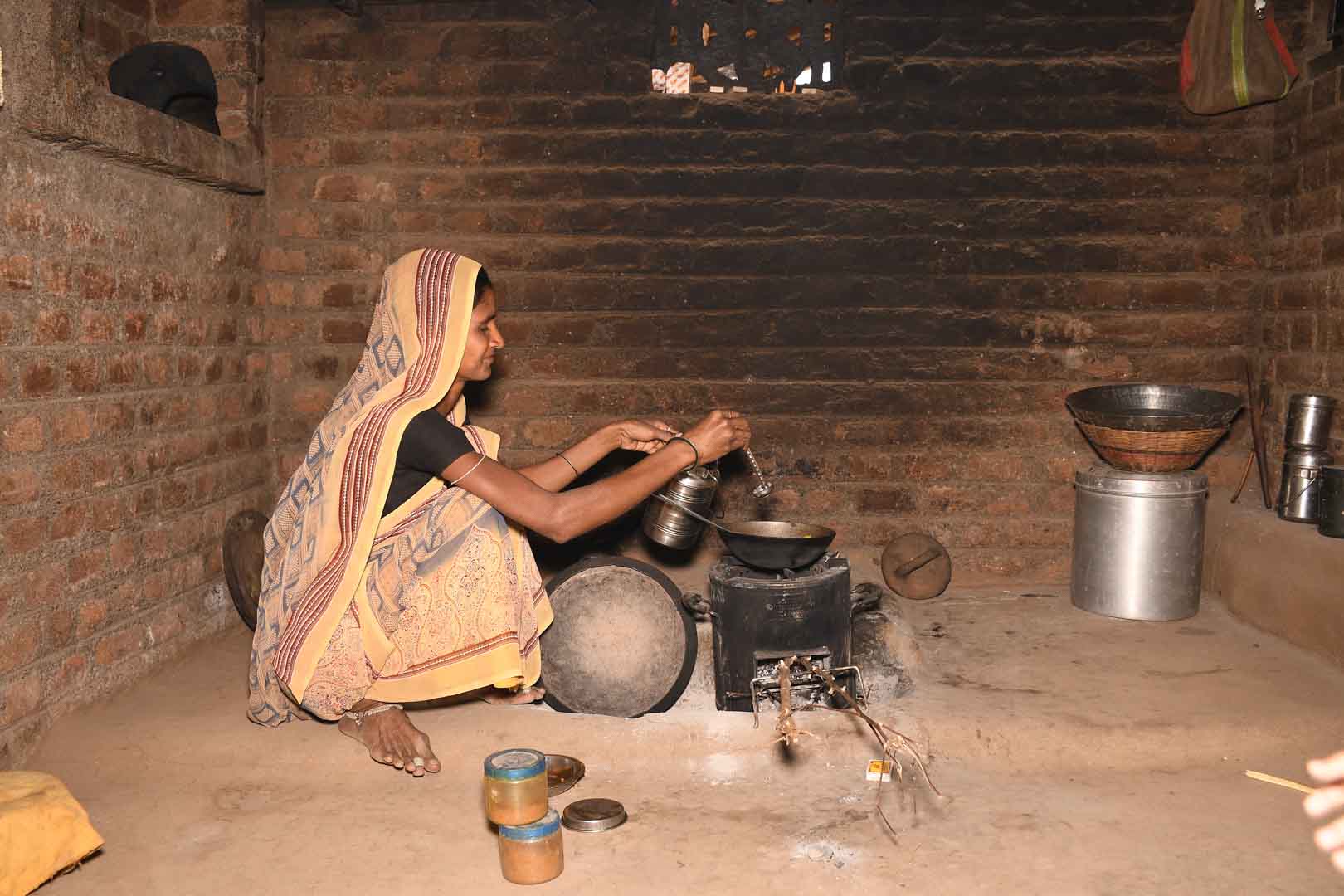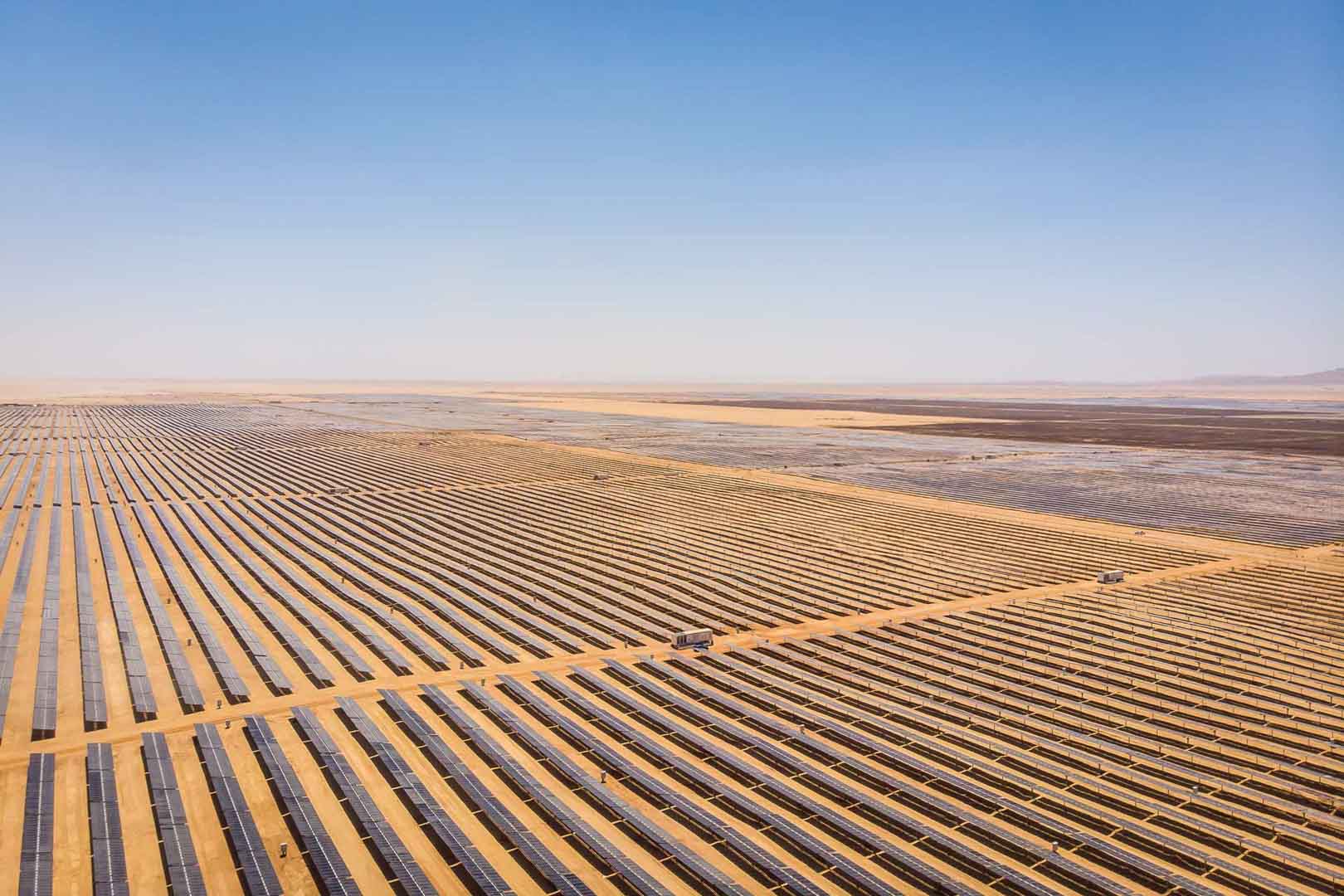Ceramic water filters save CO2 and improve health
80 % of households in Laos rely on boiling their drinking water to prevent gastrointestinal diseases. However, boiling water releases significant amounts of CO2 emissions, as inefficient cooking methods using wood or coal are common. Therefore, this climate project sells ceramic water filters to provide clean drinking water to rural communities.
As the water seeps through the ceramic filter, bacteria and other suspended solids are removed and the clean water is collected in a large plastic container that is easily accessible through a tap.
The goal of the project is to distribute over 100,000 clean water filters and thus not only save CO2 but also improve the health of the local people.


According to UNICEF, 2.2 billion people worldwide lack reliable access to safe and clean drinking water – 26% of the global population. Women and girls often must travel long distances to collect water from the nearest water point. To make the water safe for use, it is typically boiled over open fires using wood, which generates carbon emissions and harmful smoke. Additionally, the collection of firewood contributes to deforestation.
Climate projects for clean drinking water offer practical solutions. Water can be treated chemically (e.g., with chlorine-based purifiers), mechanically (e.g., with water filters), or through tapping groundwater from wells. For this, wells must be repaired, maintained, or newly installed, as only functioning wells provide clean drinking water. These solutions grant even remote villages access to safe water.
Such projects also reduce carbon emissions by eliminating the need to boil water and help combat deforestation. The clean drinking water projects in ClimatePartner's portfolio are registered with international standards.
Explore our projects
Biochar for Climate Action, Healthy Soils, and Better Harvests

A certified climate project combined with additional commitment

Expansion of renewable energy generation in Asia

Improved cookstoves worldwide – for better health and cleaner air

A certified climate project combined with additional commitment

Powering access to renewable energy in Africa

A certified climate project combined with additional commitment

Restored ecosystems remove carbon

Turning degraded farmlands into healthy ecosystems

Improved cookstoves - better for health and the environment











